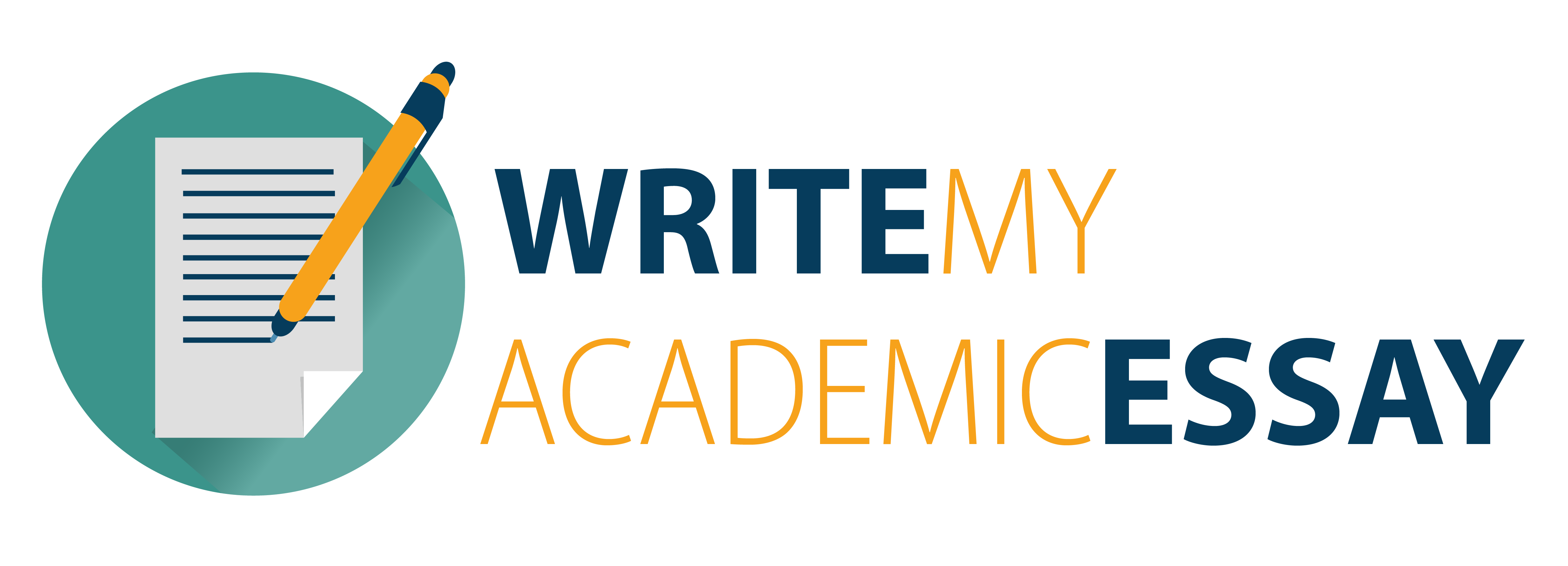Ben Crystal gives a brilliant explanation and demonstration of the language of the Bard. As an actor and author, he explores the accent, the theatrical conventions, and the world of Shakespeare to reveal a bright and beautiful English. How does Wilde use language in comparison?
The comparison between Shakespeare’s language (as illuminated by Ben Crystal’s work on Original Pronunciation, theatricality, and poetic innovation) and Oscar Wilde’s linguistic style reveals stark contrasts in purpose, technique, and cultural context. While both writers are masters of wit and linguistic flair, their approaches reflect divergent artistic goals and societal milieus. Here’s a breakdown:
1. Theatricality vs. Aestheticism
-
Shakespeare:
As Ben Crystal emphasizes, Shakespeare’s language is inherently performative, rooted in the physicality of the stage. His use of Original Pronunciation (OP) reveals puns, rhymes, and rhythms lost in modern accents, creating a visceral connection to the audience. For example, OP highlights the bawdy double entendres in Much Ado About Nothing (e.g., “nothing” pronounced as “noting” to imply gossip and sexual innuendo).-
Theatrical conventions: Soliloquies, asides, and iambic pentameter create a rhythmic, musical quality that demands vocal and bodily engagement.
-
-
Wilde:
Wilde’s language is polished, artificial, and aesthetic, prioritizing style over raw theatricality. His plays (e.g., The Importance of Being Earnest) are comedies of manners that mock Victorian social norms through epigrammatic wit and paradox.-
Key device: The epigram (e.g., “I can resist everything except temptation”). Wilde’s dialogue sparkles with surface brilliance, but its purpose is satire, not emotional depth.
-
Unlike Shakespeare’s immersive verse, Wilde’s prose is detached, designed to dazzle the intellect rather than stir the soul.
-
2. Linguistic Play: Puns vs. Paradoxes
-
Shakespeare:
Relies on puns, metaphors, and wordplay to layer meaning. Crystal demonstrates how OP restores lost puns (e.g., in Romeo and Juliet, “die” as slang for orgasm). Shakespeare’s language is organic, rooted in the body and nature (“But soft, what light through yonder window breaks? / It is the East, and Juliet is the sun”). -
Wilde:
Favors paradox and inversion to subvert expectations and critique societal hypocrisy. For example:-
“The truth is rarely pure and never simple.”
-
“All women become like their mothers. That is their tragedy. No man does. That’s his.”
Wilde’s wordplay is cerebral, designed to expose the absurdity of Victorian morality. His language is a weapon of social critique, not a mirror to human passion.
-
3. Emotional Depth vs. Surface Brilliance
-
Shakespeare:
His characters grapple with existential crises, love, and mortality through poetic introspection. Hamlet’s soliloquies or Lear’s ravings use metaphor and imagery to evoke profound empathy. Crystal’s OP performances highlight how the sounds of the words (e.g., the guttural “k” sounds in Macbeth) evoke primal emotions. -
Wilde:
His characters are archetypes, not individuals, serving as mouthpieces for his wit. Emotional depth is sacrificed for satirical effect. In Dorian Gray, even the protagonist’s moral decay is narrated with icy detachment. Wilde’s language prioritizes style over sincerity, reflecting his dictum: “All art is quite useless.”
4. Social Context: Renaissance Humanism vs. Victorian Decadence
-
Shakespeare:
Wrote in an era of Renaissance humanism, where language explored universal truths about human nature. His plays reflect the tension between order and chaos, individual desire and societal duty. -
Wilde:
A product of late Victorian decadence, Wilde used language to critique the stifling morality of his age. His aestheticism (“Art for art’s sake”) rejected societal utility, mirroring his belief that life should imitate art, not vice versa.
5. Audience Engagement
-
Shakespeare:
Designed for groundlings and nobles alike, his language is democratic, blending high poetry with earthy humor. Crystal’s OP revivals show how Shakespeare’s plays thrived on audience interaction—laughter, gasps, and collective catharsis. -
Wilde:
Tailored for the upper-class theatregoer, his works mock the very audience they entertain. The humor is insider-ish, reliant on familiarity with societal norms (e.g., the triviality of “Bunburying” in Earnest).
Conclusion: Two Kinds of Genius
Shakespeare’s language immerses us in the human experience; Wilde’s distances us to question it.
-
Shakespeare uses words as a bridge to empathy, heightened by OP’s visceral soundscape.
-
Wilde uses words as a mask, hiding truth behind glittering surfaces.
Both are linguistic virtuosos, but where Shakespeare’s language is a mirror, Wilde’s is a mosaic—fragmented, dazzling, and deliberately artificial.


